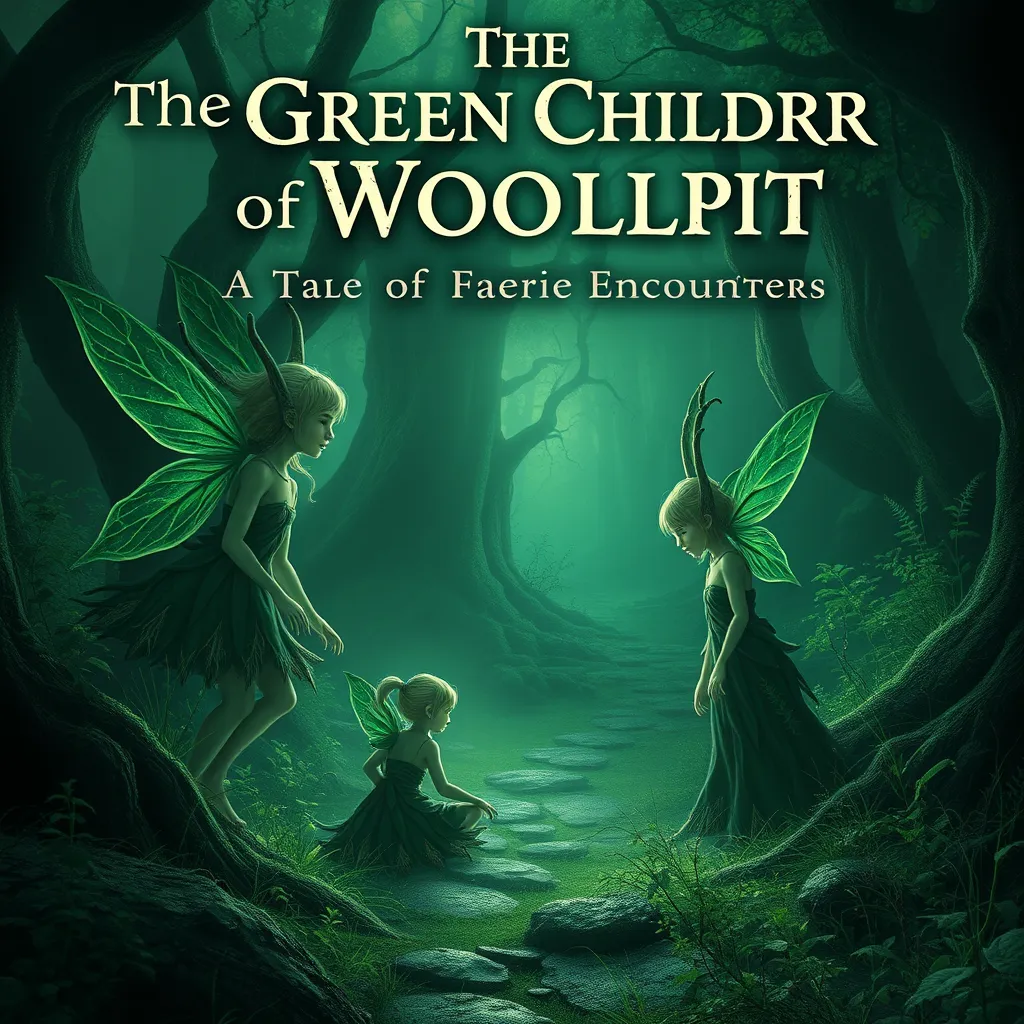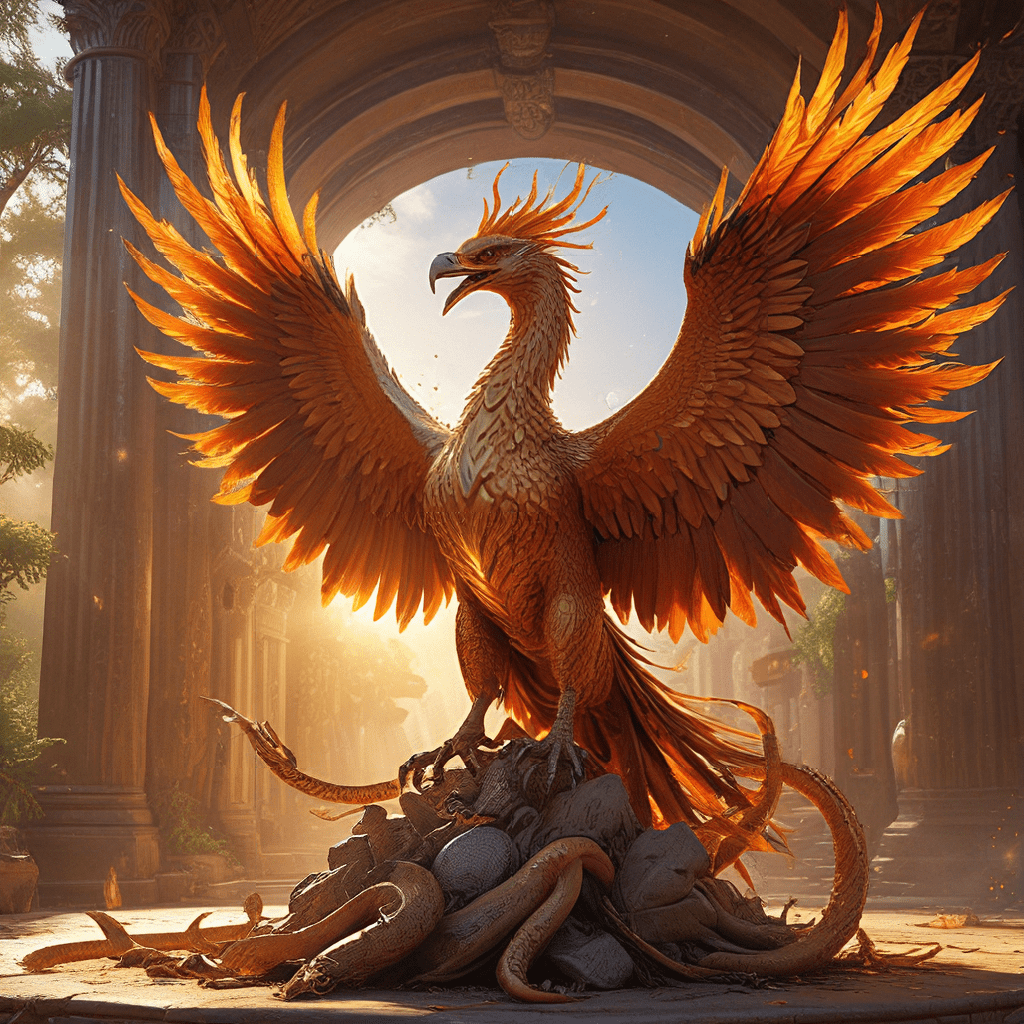The Cosmic Order: Exploring the Role of Celestial Beings in Maintaining Balance
I. Introduction
The concept of cosmic order refers to the interconnectedness and organization of the universe, where celestial beings play pivotal roles in maintaining this balance. Celestial beings, encompassing gods, spirits, and cosmic entities, have been integral to human understanding of existence, morality, and the natural world.
Understanding the importance of balance in the universe helps us appreciate the delicate interactions within our environment, both seen and unseen. This article aims to explore the roles and significance of celestial beings across cultures and epochs, illuminating their influence on human experience and the broader cosmic narrative.
II. Historical Perspectives on Celestial Beings
Throughout history, various civilizations have developed rich belief systems surrounding celestial beings. These beings often embody attributes of power, wisdom, and morality, reflecting the values held by those cultures.
A. Ancient civilizations and their beliefs about celestial beings
From the ancient Egyptians, who revered gods like Ra and Osiris, to the Greeks with their pantheon of deities such as Zeus and Athena, celestial beings were seen as controlling the forces of nature and human fate.
B. Mythological representations across cultures
Mythologies around the world share common themes regarding celestial beings:
- Creation myths often involve a supreme being or cosmic entity.
- Deities frequently symbolize natural elements, like the sun, moon, and earth.
- Legends often depict celestial beings intervening in human affairs to restore balance.
C. Evolution of the concept through history
As societies evolved, so did their understanding of celestial beings. From animistic beliefs in nature spirits to more structured pantheons in organized religions, the role of these beings has morphed but remains a significant aspect of cultural identity.
III. Types of Celestial Beings
Celestial beings can be categorized into several types, each serving different functions within their respective belief systems.
A. Deities and gods in various belief systems
Many religions worship deities that personify various aspects of life and the universe:
- Hinduism features gods like Vishnu and Shiva, representing preservation and destruction.
- In Christianity, God is seen as the ultimate creator and sustainer of life.
- Indigenous cultures often honor a pantheon of spirits associated with nature.
B. Angels and spirits in religious texts
Angels, often viewed as messengers or protectors, appear across several faiths:
- In Christianity, angels serve as intermediaries between God and humanity.
- Islam recognizes angels as beings created from light, fulfilling God’s commands.
- Folklore often includes spirits that guide or protect individuals.
C. Cosmic entities in modern science fiction
Contemporary interpretations of celestial beings are often reflected in science fiction, where cosmic entities may embody advanced intelligence or represent the unknown:
- Characters in popular media, such as the Force in “Star Wars,” suggest a spiritual connection to the universe.
- Books like “Contact” by Carl Sagan explore the idea of extraterrestrial intelligence impacting humanity.
IV. The Role of Celestial Beings in Maintaining Universal Balance
Celestial beings are often attributed with the responsibility of maintaining balance within the cosmos. This role manifests in various theoretical frameworks and cultural practices.
A. Theoretical frameworks: Cosmic laws and harmony
Many belief systems propose that celestial beings enact cosmic laws that govern the universe, ensuring harmony through:
- Cycles of nature, such as the changing seasons.
- Balance of good and evil through moral teachings.
- Restoration of order after chaos, as seen in various creation myths.
B. Functions of celestial beings in different cultures
In various cultures, celestial beings fulfill specific functions that contribute to universal balance:
- Providing guidance through divine intervention.
- Enforcing moral and ethical standards.
- Offering protection and blessings to adherents.
C. Case studies: Examples from mythology and religion
Numerous examples illustrate how celestial beings maintain cosmic order:
- The Egyptian Ma’at symbolizes truth and balance, ensuring the stability of the universe.
- In Hinduism, the cycle of karma reflects the moral balance upheld by divine beings.
- The concept of the Phoenix in various cultures signifies rebirth and the restoration of balance after destruction.
V. Celestial Beings and Human Experience
Celestial beings significantly influence human emotions, events, and cultural practices.
A. Influence on human emotions and events
People often attribute personal experiences and societal events to the influence of celestial beings, seeking meaning in their actions.
B. Rituals and practices aimed at appeasing celestial beings
Across cultures, rituals are performed to honor or appease celestial beings, such as:
- Prayers and offerings in religious ceremonies.
- Festivals celebrating celestial events, like solstices and equinoxes.
- Personal rituals for guidance and protection.
C. Personal accounts and testimonies of encounters
Many individuals claim experiences that suggest interactions with celestial beings, including:
- Visions or dreams featuring divine figures.
- Moments of profound insight or inspiration attributed to celestial influence.
- Near-death experiences often report encounters with otherworldly beings.
VI. The Intersection of Science and Spirituality
In modern discourse, the intersection of science and spirituality offers fresh perspectives on celestial phenomena.
A. Modern scientific interpretations of celestial phenomena
Astrophysics and cosmology explore the universe’s structure and origins, providing frameworks that can sometimes parallel spiritual beliefs:
- The Big Bang theory and concepts of creation echo creation myths.
- Dark matter and energy raise questions about the unseen forces in the universe.
B. The relationship between spirituality and cosmic balance
Many individuals find that spirituality enhances their understanding of cosmic balance, fostering a sense of connection to the universe.
C. Implications for understanding the universe
The dialogue between science and spirituality encourages a holistic view of existence, where celestial beings can symbolize deeper truths about our universe.
VII. Challenges to the Concept of Celestial Beings
Despite their historical significance, the concept of celestial beings faces various challenges in contemporary society.
A. Skepticism and criticisms from scientific perspectives
Many skeptics argue that belief in celestial beings lacks empirical evidence, viewing such notions as outdated or superstitious.
B. The decline of traditional beliefs in modern society
As secularism rises, traditional belief systems are often marginalized, leading to a disconnection from the wisdom of ancestral teachings.
C. Potential loss of cultural heritage and wisdom
The decline in belief in celestial beings may lead to a loss of cultural narratives that have historically provided meaning and cohesion within societies.
VIII. Conclusion
In summary, celestial beings have played a significant role in shaping human understanding of the universe, morality, and existence itself. Their influence can be seen throughout history and across cultures, highlighting the ongoing relevance of the cosmic order.
As we reflect on the significance of celestial beings, it



